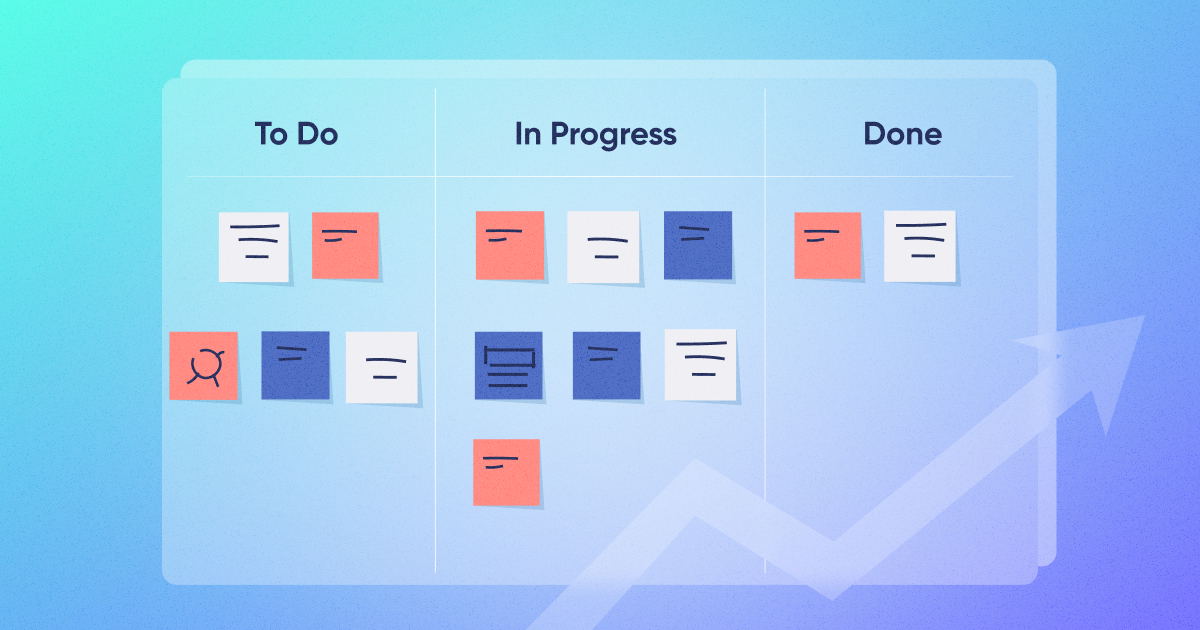Managing projects, regardless of their complexity, always requires a strategic approach to ensure the effective attainment of the pre-defined goals. For this reason, companies use Agile project management (PM) methodologies and frameworks to implement them.
What’s scrum?
Scrum is a framework that allows team to excel in their projects and make the work process more effective. Usually utilized by tech companies of a small size, it divides the process into “sprints” which are short periods of time (usually 15-30 days) to achieve a certain milestone.
What’s daily scrum?
A daily scrum meeting is when the team meets to discuss its progress, potential challenges and wins. Everyone’s attendance is, of course, required. In addition to that, employees from other teams or departments may sometimes attend the meeting to either join the discussion or simply listen to the ideas and insights exchanged. The length of daily scrum varies but usually stays within 15-20 minutes.
It’s important to remember that the 15 minutes allocated for the meeting have to be used effectively.

3 questions to consider during a daily scrum meeting
- What did you do yesterday? 2. What will you do today? 3. What is in your way? The person in charge of the team needs to ensure that everyone has the right resources to complete their tasks and help get rid of any bumps in the road. The reason teams are able to achieve their milestone so fast with the help of this framework is because of on-going communication, appropriate allocation of resources and time, as well as healthy collaboration.
4 rules of daily scrum
During your daily scrum meetings, it’s easy to make particular mistakes that can undermine the success of your team.
- Stick to pre-defined agenda. A lot of teams fail to stay on track and either go the wrong direction during the meeting or do not account for time requirements. 2. Reflect the progress on the Scrum board. Processing information and deciding how to act upon is always better done visually with the help of the relevant project management tools, such as a Scrum board. 3. Try to stay within the margins of the team. While it’s often reasonable to invite outsiders to daily scrums, you should avoid doing so too often as it can compromise the effectiveness of the meeting and the work of your team overall. 4. Implement daily scrum as a stand-up meeting. Since it only takes about 15 minutes, it makes sense to have everyone standing which sets people’s minds towards productivity by nature and boosts everyone’s energy.
 The purpose of daily scrums is, once again, to keep your team highly productive, successful, and connected. Before you start implementing the project, you should come up with a fun name and start the first daily scrum with encouraging name ideation. This will serve as a quirky icebreaker and immediately establish a more positive tone on the team. You should make daily scrums as effective as possible, while enhancing quality teamwork and everyone’s commitment to the project. This way, teams will be more equipped with the necessary skills, tools, and vibes to achieve all their milestones and skyrocket its success!
The purpose of daily scrums is, once again, to keep your team highly productive, successful, and connected. Before you start implementing the project, you should come up with a fun name and start the first daily scrum with encouraging name ideation. This will serve as a quirky icebreaker and immediately establish a more positive tone on the team. You should make daily scrums as effective as possible, while enhancing quality teamwork and everyone’s commitment to the project. This way, teams will be more equipped with the necessary skills, tools, and vibes to achieve all their milestones and skyrocket its success!




